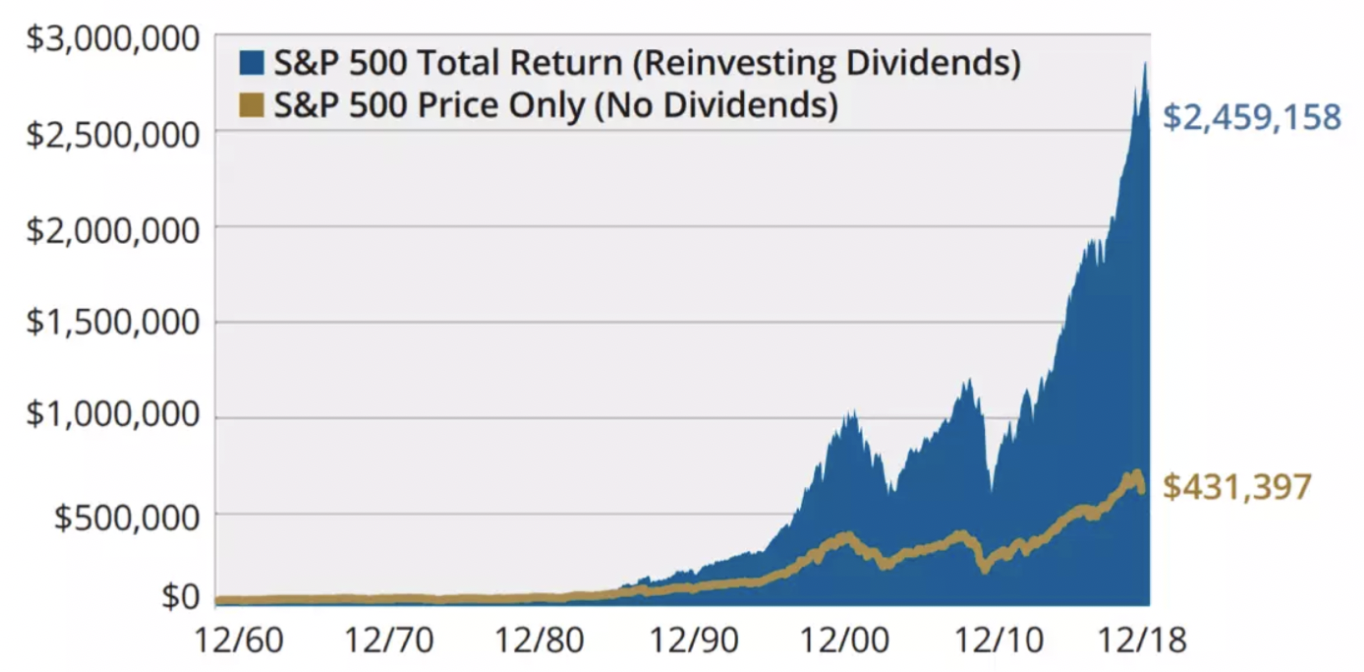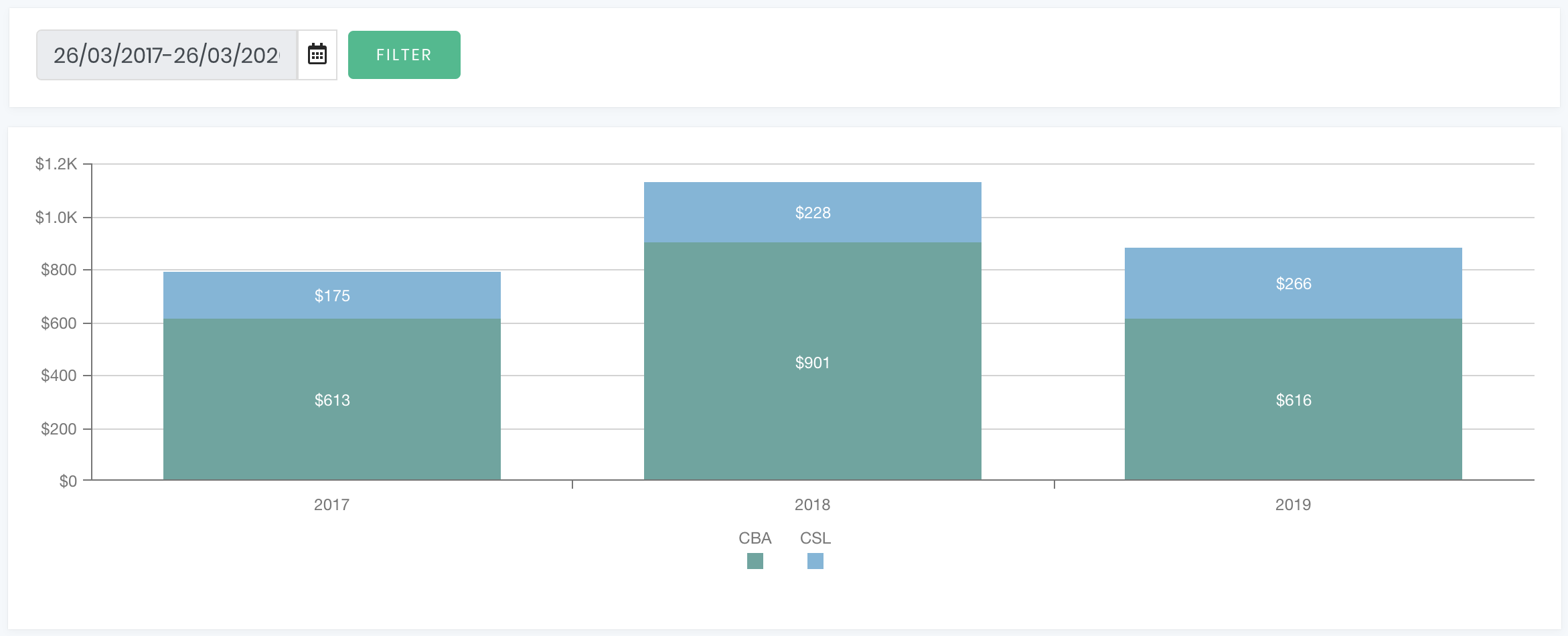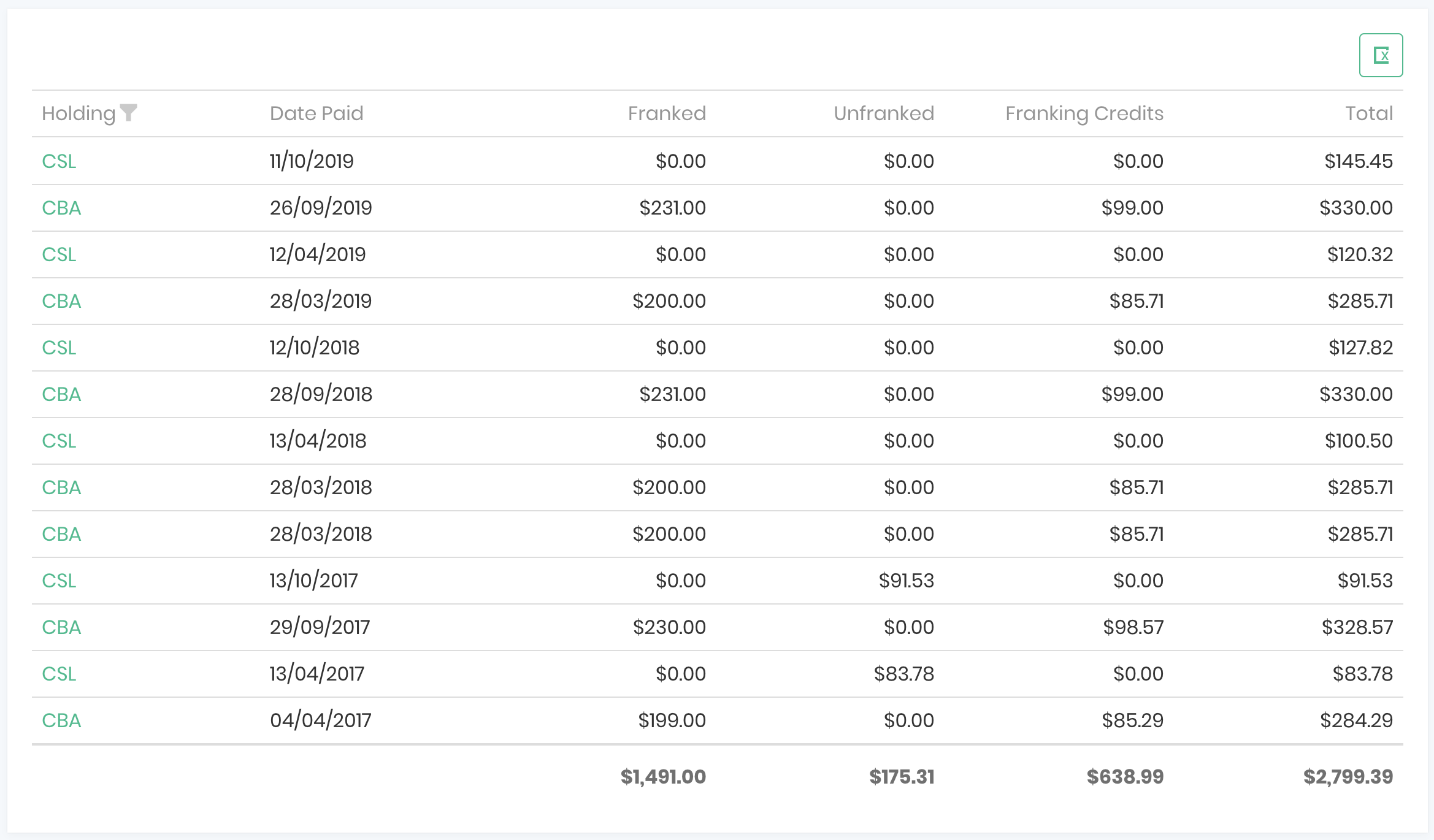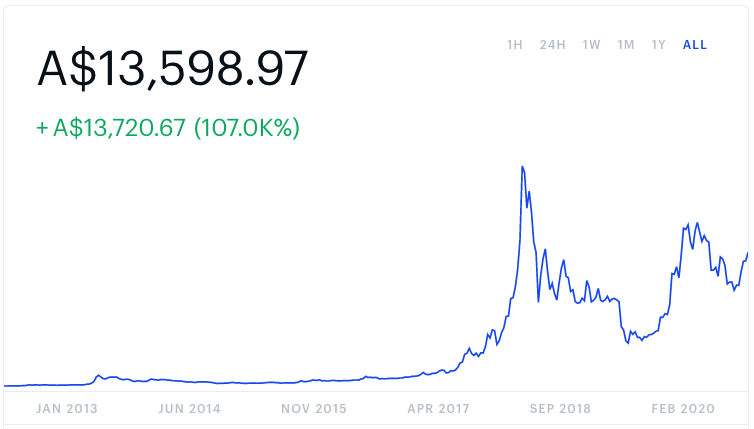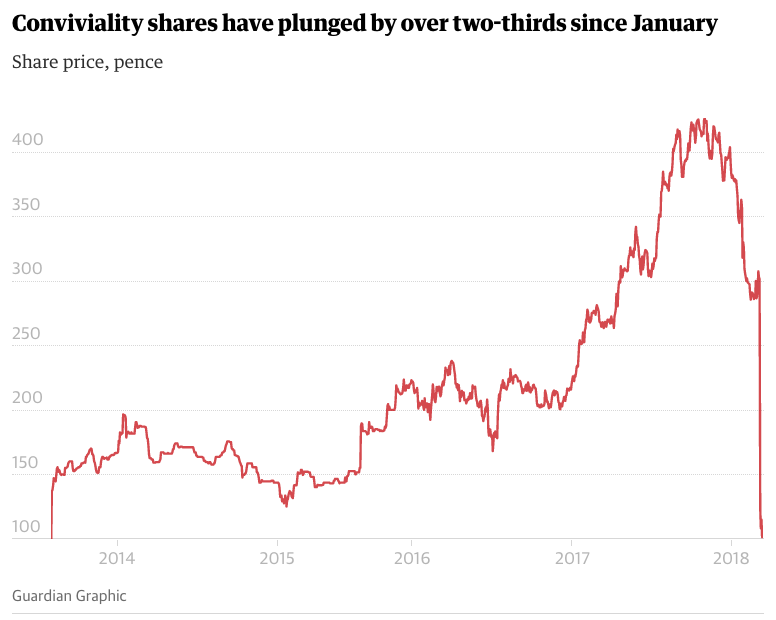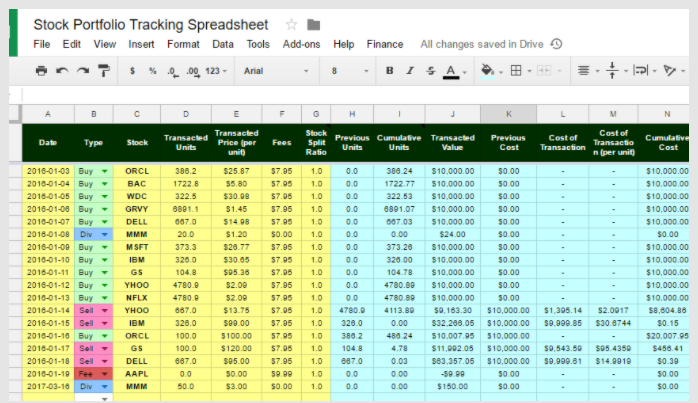Part II in our series on self-directed investing.
Welcome to the second post in our series on self-directed investing.
Part one introduced the idea of taking ownership of your portfolio.
For those of us with the time, inclination and
discipline, taking ownership of our portfolio makes more sense than trusting
our financial future to fund managers who charge fees and who don’t always beat
the market.
(Go here first if you haven’t read the post yet.)
In this second post, we’re going to discuss some of
the important choices you need to make when creating and managing an investment
portfolio.
These choices divide broadly into two major questions.
- How will you approach building your investment portfolio?
- Which assets will suit your approach?
There’s a lot to cover in this installment of the
series, but we’re going to keep it simple to give you a broad overview (see the
bottom of this page for a list of great in-depth articles we recommend for
continued reading).
Before we get into the types of strategies and assets
you might wish to consider, a quick word about investing in general.
No two investors are the same.
That might sound obvious, but it’s worth remembering
that no single investment strategy can suit everyone.
In our experience, your best bet is to learn how different investors use various strategies to create and manage their portfolios…
Cherry pick the aspects that you identify with and
that fit with your own goals…
And create a strategy that fits your own financial and
personal situation.
This is better than trying to replicate what other
people have done in the past.
Because they are not you. And now is not then.
There’s a vast number of factors to consider when
forming your strategy and selecting investments for your portfolio.
Your financial goals, your obligations, your appetite
for risk, the amount of time and energy you’re prepared to put into researching
and monitoring your investments — these are just a few.
It’s important to be clear on where you’re at in your
investment journey, your career and your life in order to build a strategy that
will best serve your goals.
Your Game Plan: Buy And Hold, Value Investing And More
“You can’t adjust your portfolio based on the whims of the market, so you have to have a strategy in a position and stay true to that strategy and not pay attention to noise that could surround any particular investment.”
— John Paulson, Multi-Billionaire American Businessman
Like
we said, our aim here is to give you a broad overview of the types of
strategies you can deploy for your portfolio.
These
portfolio management styles are by no means a comprehensive list of those at
play in the markets today, but they do broadly represent the spectrum of
approaches you’ll find among investors.
Buy & Hold Investing
‘Buy
and hold’ investing is the ultimate slow and steady strategy.
This
style of investing is exactly as it sounds: You buy investments with a view to
holding them for a very long time — like decades.
This
strategy hinges on the idea that, over the long term, stocks always go up and
the returns are always good, if not spectacular.
You
may have heard the phrase ‘time in the market is better than timing the
market’.
Buy
and hold investing is hands-off in that you make your decisions early, and then
largely leave your portfolio to grow and generate income for a very long time.
Value Investing
A
‘value stock’ is a stock which an investor calculates to be trading at a lower
price than it should be.
Value
investors look to create portfolios full of assets that — according to their
research and analysis — will rise over the medium term as the market price
catches up to the true value of the business.
Warren
Buffet is widely regarded as being one of the greatest at picking undervalued
stocks and holding them long enough to generate substantial returns.
Value
investing is more hands on than buy and hold.
But
it is flexible, depending on what sorts of sectors and assets you dive into.
Growth Investing
Growth
investing is more aggressive than the two strategies above.
The
idea is to ‘buy high and sell higher’, using the momentum of a rising stock
market to capture short and medium term gains from stocks riding high on a wave
of optimism and economic growth.
Many
tech companies can be classed as growth stocks.
Growth
stocks tend to be smaller, faster growing businesses that are capturing market
share.
Growth
investing requires a higher tolerance for risk, and in most cases a more active
approach to portfolio management (more frequent buying and selling).
Portfolio Theory
Portfolio
theory is less about which types of stocks you invest in, and more about balancing
the mix of assets you hold in a particular way.
The
idea is to capture maximum upside from your portfolio while minimising the risk
you take by being exposed to the market.
Key
to this is diversification, which you no doubt have heard about before.
Diversification
is a way to spread risk between distinctly different type of investments, like
stocks, bonds, exchange traded funds and so forth.
Diversification is about creating a mix of investments that balance out gains and losses in the short term, and grows in value over the longer term.
Choosing Investments
For Your Portfolio
“The secret is if you have a lot of stocks, some will do mediocre, some will do okay, and if one of two of ’em go up big time, you produce a fabulous result.”
— Peter Lynch, averaged 29.2% return for 23 years straight
There are many different types of assets you can invest in
within your portfolio.
The sort you go for will depend on the strategy you pursue, which as we mentioned will depend on your goals, risk tolerance and so on.
We often talk about
the types of assets and financial instruments in terms of a ‘risk ladder’.
At the bottom of the
risk ladder is cash (or precious metals if you prefer, but we won’t discuss
that here).
Cash
Cash in the bank is
the simplest investment asset.
It guarantees your
capital and gives you exact knowledge of your return (the interest rate).
It’s how most of us
store our wealth by default.
The problem with
cash, though, is that interest rates tend not to beat the inflation rate
(meaning your cash’s value will diminish over time).
Bonds
Bonds are next up the
risk ladder. A bond is a debt instrument.
You buy a bond from a
government or business and they guarantee to pay you a fixed interest rate
while you hold it.
Bonds are a common
way for organizations to raise capital.
Interest rates on
bonds tend to be better than what your cash will earn in the bank.
Stocks
Stocks essentially
let you participate in a company’s activities.
You own a shares in a
business. Those shares can rise, fall and pay income in the form of dividends.
Within stocks (or
equities), there is another risk ladder, which spans from the bottom to the top
of the business world.
Big, established
companies that pay good dividends and have a record of climbing over the long
term are known as blue-chip stocks, or sometimes income stocks.
Growth stocks are
smaller businesses on an upward trajectory. They are riskier but can deliver
bigger, faster returns.
Risker and more
dynamic again are small-cap and penny stocks — small, unproven companies aiming
to capture market share.
These stocks can rise
and fall dramatically, meaning investors who hold their shares stand to gain
and lose proportionally.
Mutual
funds & ETFs
A mutual fund is an
investment fund where many investors pool their capital and allow a
professional fund manager to control it.
Mutual funds focus on
certain sectors or types of investments.
Some mimic particular
markets and all aim to deliver solid, reliable returns.
These funds do charge
management fees, though, and require you to allow a third party to select the
assets the fund invests in.
An ETF — or
exchange traded fund — tracks an underlying index, like the ASX200, for
example.
Owning shares in an
ETF exposes your capital to a specific mix of assets.
Like stocks, ETFs
vary greatly in risk depending on the sector or market they track.
Their popularity has
exploded in the past few years.
The approach ETFs
allow you to take — essentially buying an entire market or sector with low fees
— appeals to some of the heaviest hitters in the financial world.
Buffett told CNBC he
thinks using ETFs “makes the most sense practically all of the time”.
Mark Cuban, another
billionaire rockstar of the investing world, also likes cheap index funds as a
way for new investors to start building their wealth.
The growing FIRE (Financial Independence & Retiring Early) community is also quite fond of ETFs as a wealth building tool.
Again, this isn’t an
exhaustive list of the types of assets available to Australian investors — we
haven’t covered commodities and derivatives — but this gives you an idea of the
basic options you have when creating a portfolio.
Selecting
The Right Mix Of
Assets For Your Chosen Strategy
Choosing an investment strategy and a mix of assets for your portfolio requires, above all else, clarity.
You need clarity on what you want to achieve, what you’re prepared to risk, and how much time and energy you want to put into managing your portfolio.
Building a portfolio is a lot like buying a new car.
No car is going to suit two drivers the same.
Maybe you want a people mover that offers great fuel economy so you and your family can take a long, relaxing drive.
On the other hand, perhaps you want a high performance sports car that costs loads to fuel but which delivers extreme speed and handling.
Carefully consider your goals and what you’re prepared to do to hit those goals.
If you’ve never bought a stock before, go read about my experience buying my first shares and how a careful, deliberate approach has allowed me to more than triple my investment.
Recommended articles for further reading:
https://www.thebalance.com/top-investing-strategies-2466844
https://investormint.com/investing/types-of-stocks

